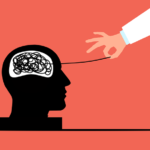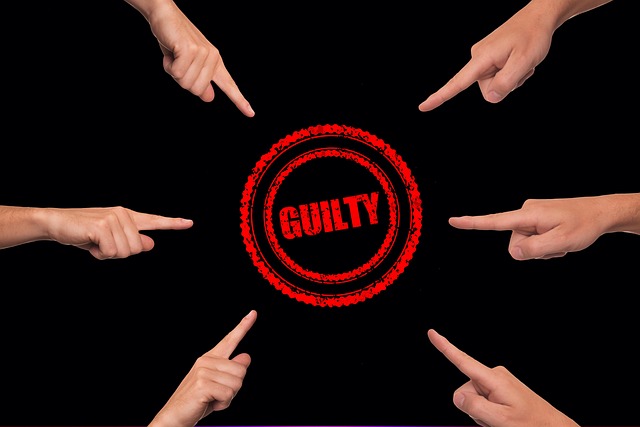Guilt is a universal emotion that can serve as a valuable moral compass, but it can also become a burden when it is unfounded or excessive.
Distinguishing between true guilt, which arises from genuine wrongdoing, and false guilt, which emerges from distorted beliefs or irrational self-blame, is essential for one’s emotional well-being.
This article explores the concepts of true guilt and false guilt, delving into their differences and consequences, and offers insights into managing and resolving guilt.
Defining True Guilt and False Guilt
True guilt is an emotional response that emerges when an individual acknowledges that they have violated their moral code or caused harm to another person.
It often prompts corrective actions, such as making amends, apologizing, or changing one’s behavior to prevent similar transgressions in the future. True guilt, in a sense, can be considered a healthy and adaptive emotion.
In contrast, false guilt is the experience of guilt when no objective reason for guilt exists. It arises from irrational or distorted beliefs, such as perfectionism, people-pleasing tendencies, or excessive self-blame.
False guilt often leads to unnecessary emotional suffering and may even perpetuate self-destructive behavior.
Recognizing the Differences
- Source of Guilt: True guilt originates from genuine moral transgressions, whereas false guilt has no valid basis for guilt.
- Adaptive vs. Maladaptive: True guilt prompts behavior change and making amends, which can lead to personal growth. False guilt, however, tends to be maladaptive and can perpetuate a cycle of self-blame and anxiety.
- Objectivity: True guilt is grounded in objective actions that have consequences, while false guilt is often fueled by irrational thoughts and beliefs.
Consequences of False Guilt
False guilt can have a detrimental impact on mental health and overall well-being. Some consequences include:
- Anxiety and Stress: False guilt often leads to increased anxiety and stress, as individuals obsessively dwell on perceived transgressions.
- Low Self-Esteem: Repeated experiences of false guilt can erode self-esteem and self-worth, as individuals feel unworthy or flawed.
- Depression: Persistent false guilt can contribute to symptoms of depression, such as low energy, hopelessness, and isolation.
- Relationship Strain: Constant self-blame and excessive guilt can strain relationships with others, as individuals become preoccupied with their own perceived faults.
Managing and Resolving Guilt
- Self-Reflection: For true guilt, it is important to acknowledge the wrongdoing, take responsibility, and make amends when possible. For false guilt, self-reflection helps identify irrational beliefs and challenge them.
- Mindfulness and Self-Compassion: Practicing mindfulness can help individuals distinguish between true and false guilt, while self-compassion can provide emotional support and reduce self-criticism.
- Therapy: Cognitive-behavioral therapy (CBT) can be effective for identifying and challenging irrational beliefs and behaviors associated with false guilt.
- Forgiveness: Both self-forgiveness and forgiveness from others are crucial for resolving true guilt and moving forward.
Conclusion
Guilt is a complex emotion that can either serve as a constructive guide for moral behavior or become a destructive force when it is unfounded or irrational.
Understanding the distinctions between true guilt, rooted in genuine moral transgressions, and false guilt, stemming from distorted beliefs, is crucial for managing and resolving guilt effectively.
By recognizing the sources of guilt and employing strategies like self-reflection, mindfulness, self-compassion, and therapy, individuals can navigate the intricacies of their emotions and promote their own emotional well-being.













